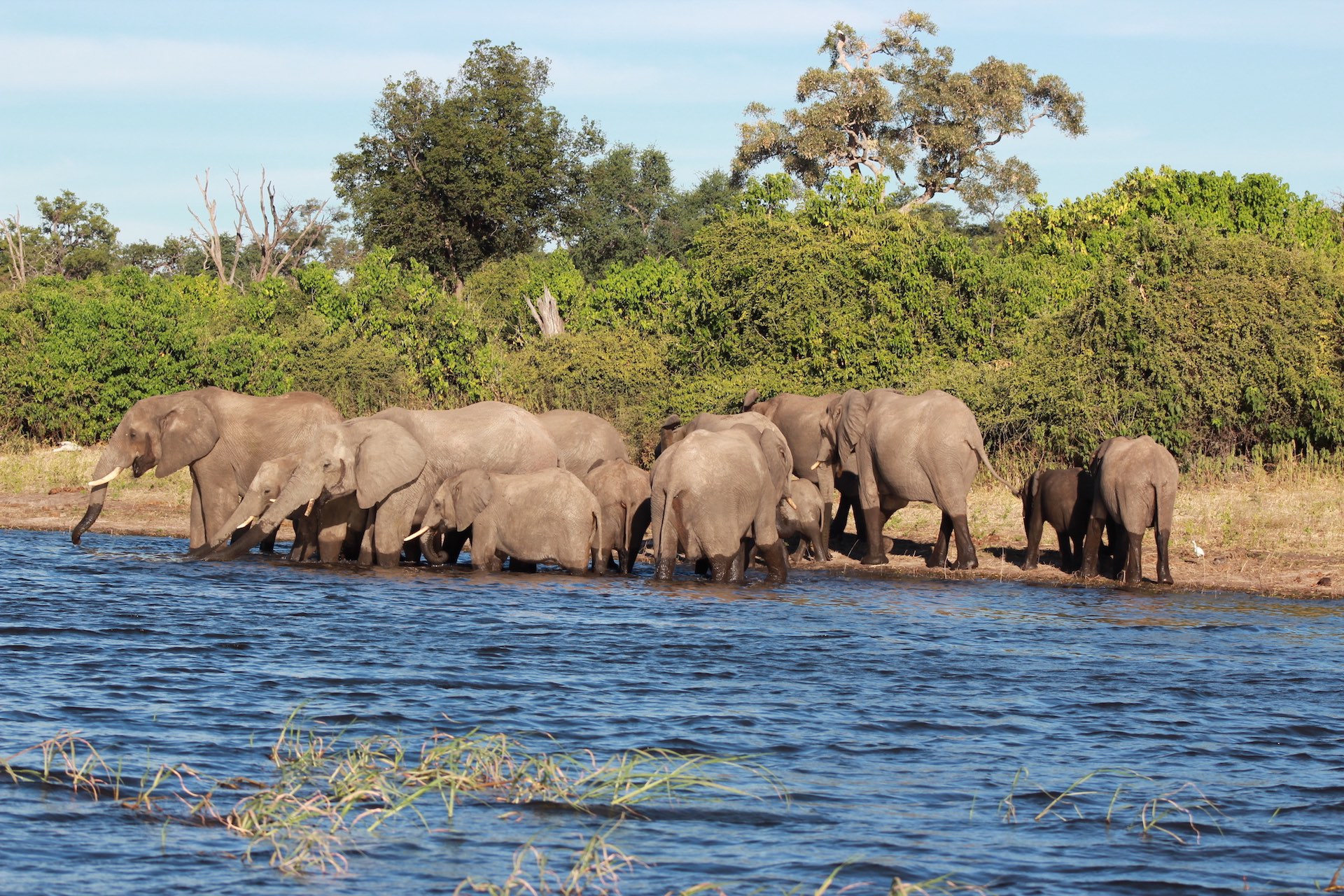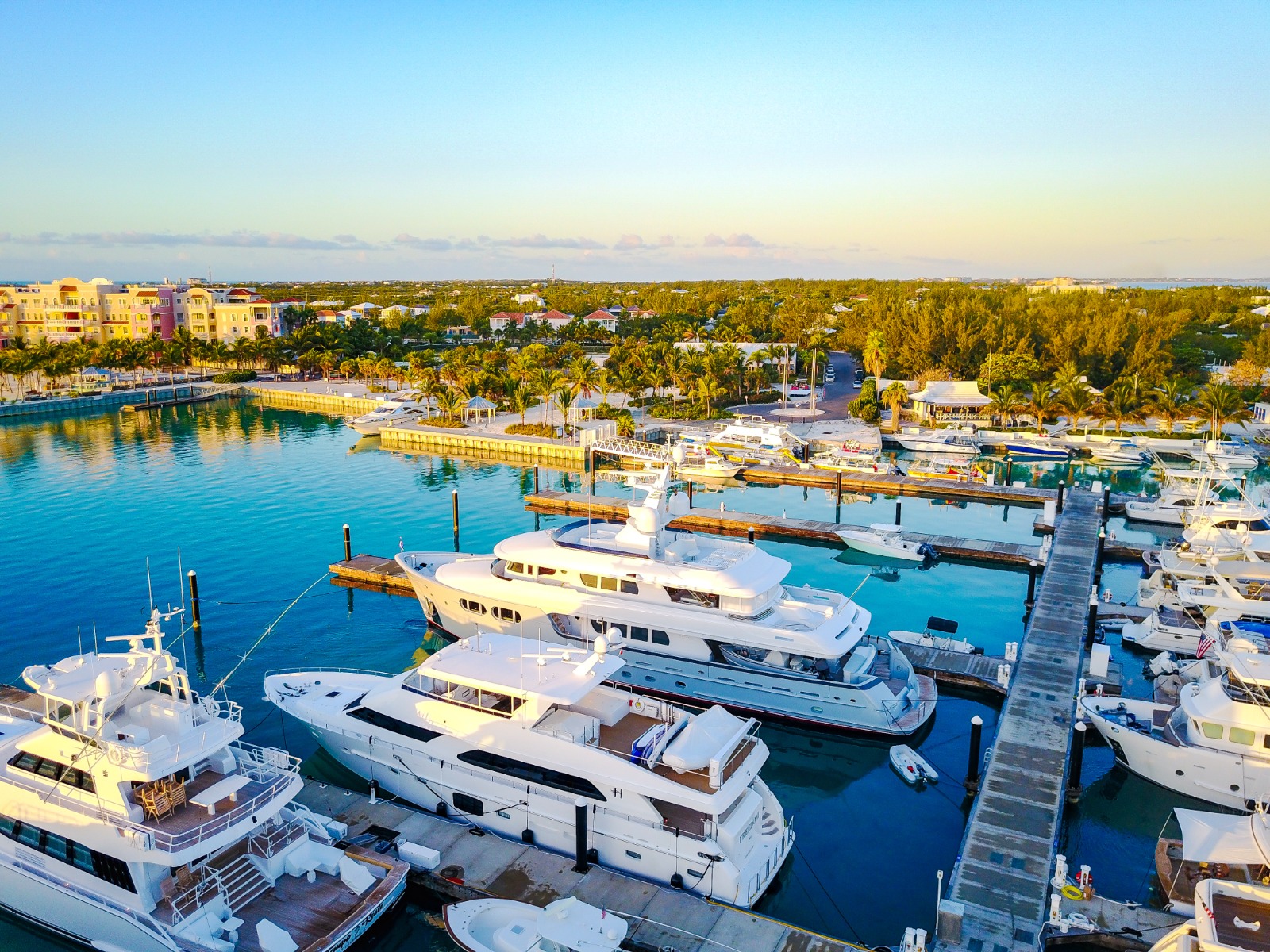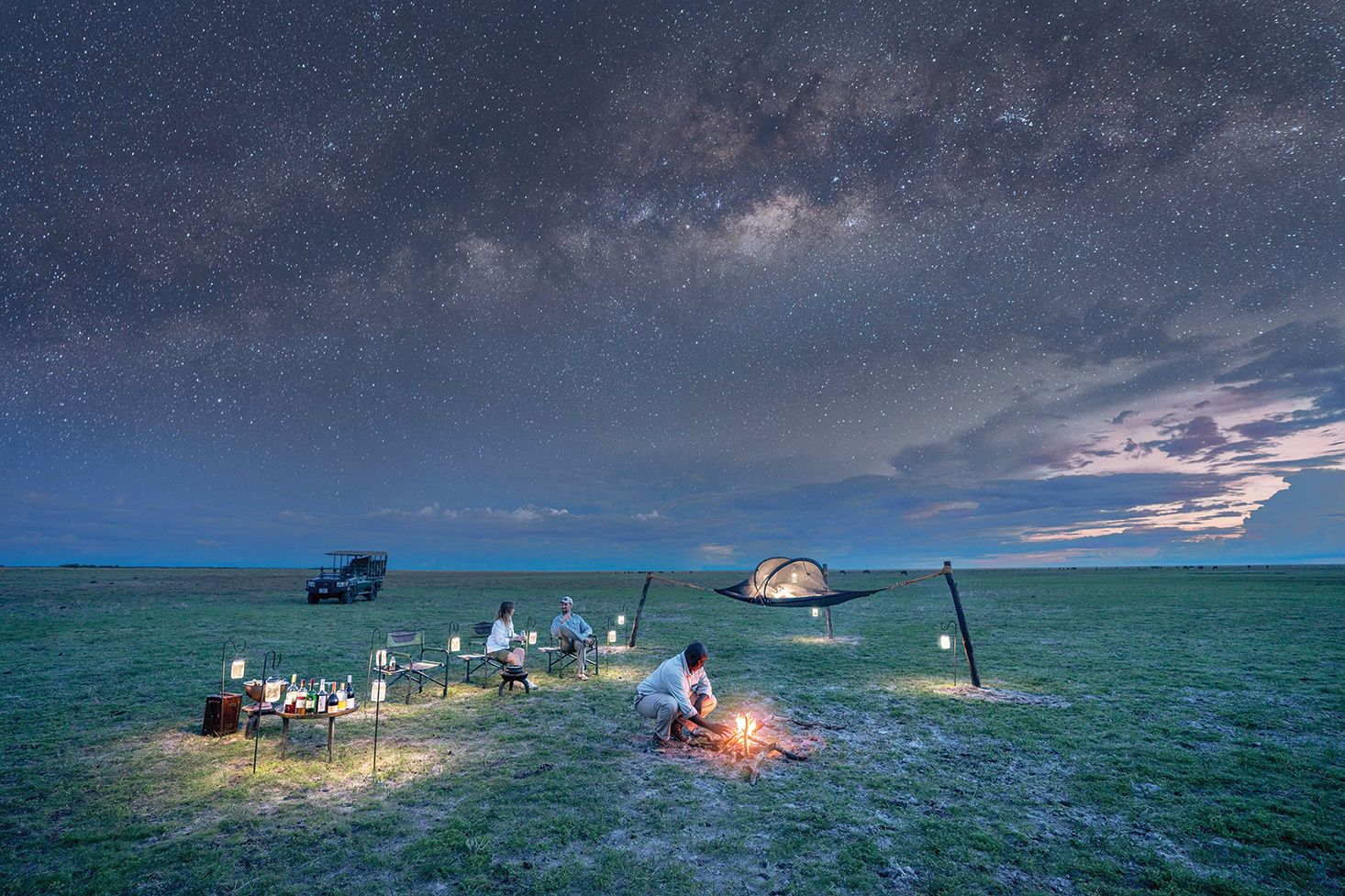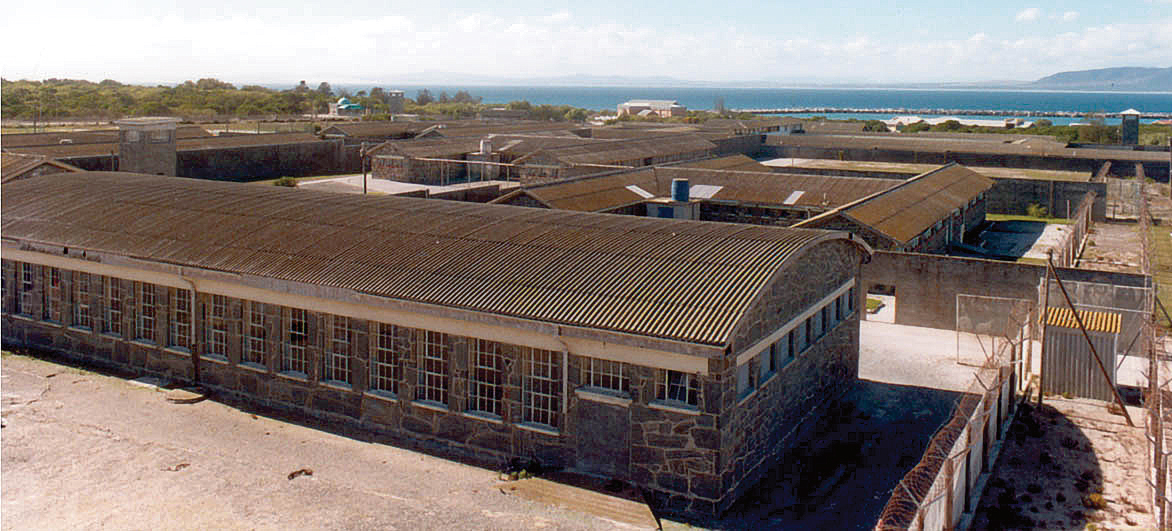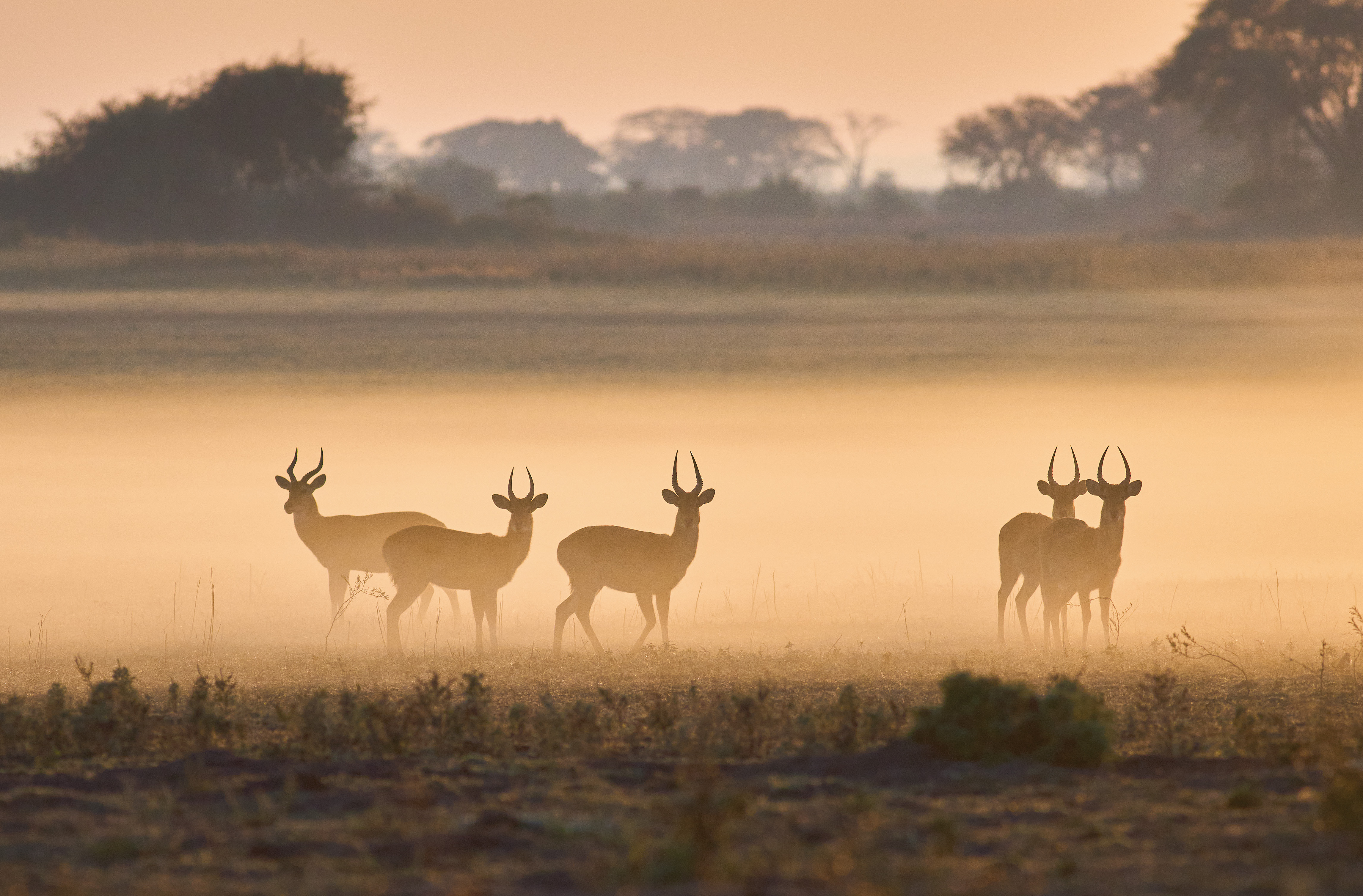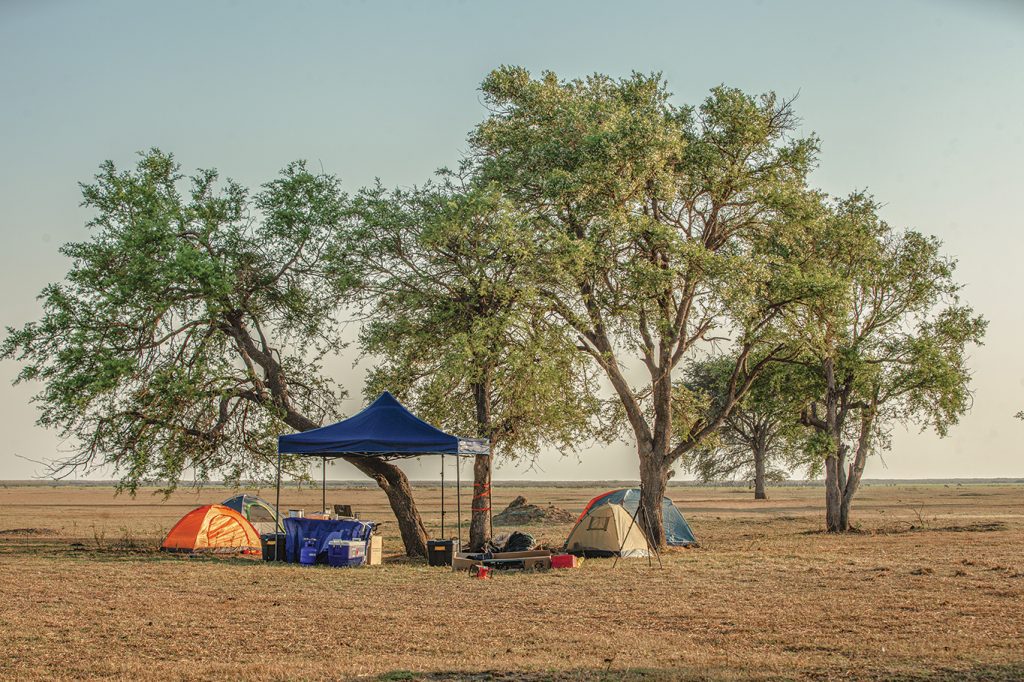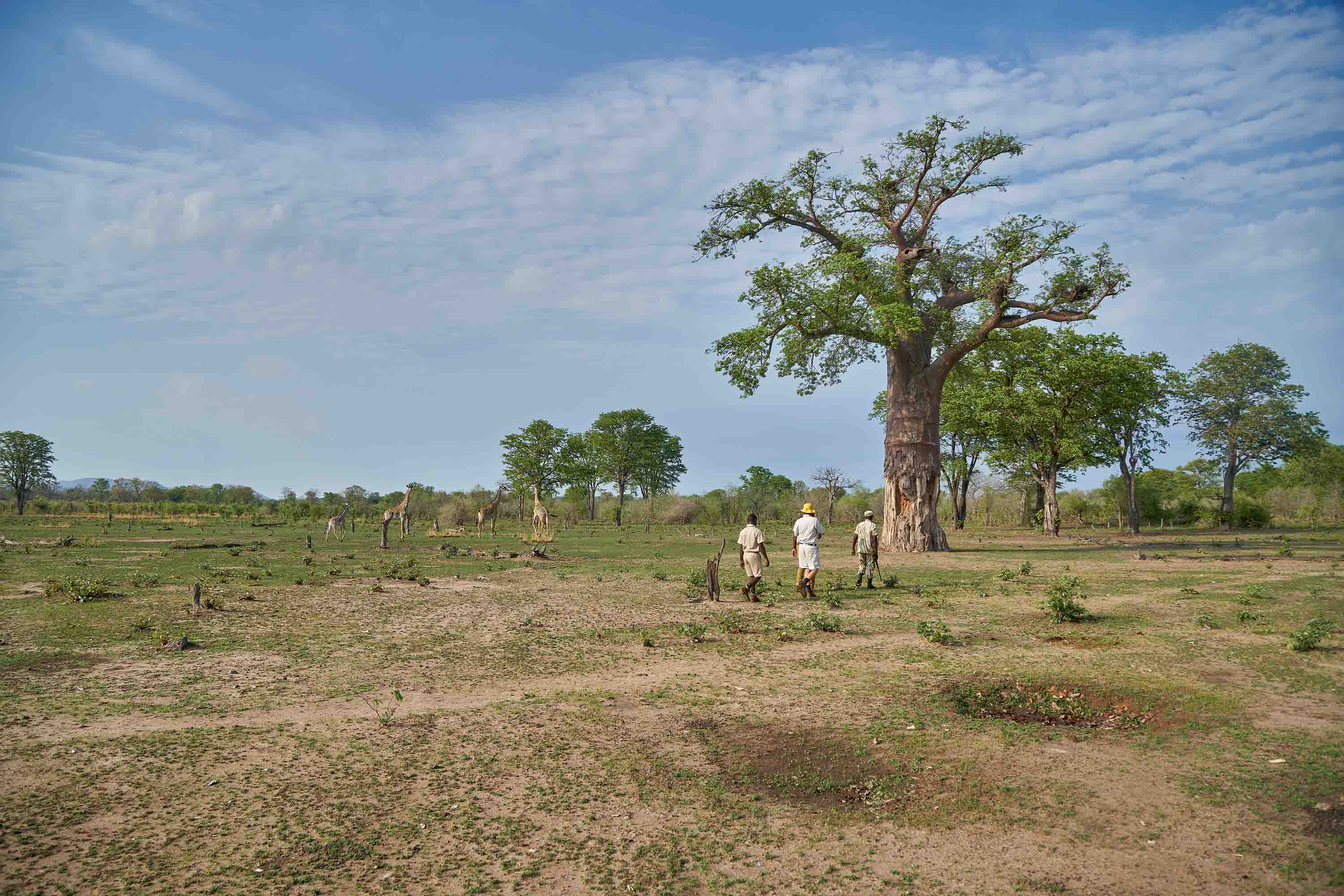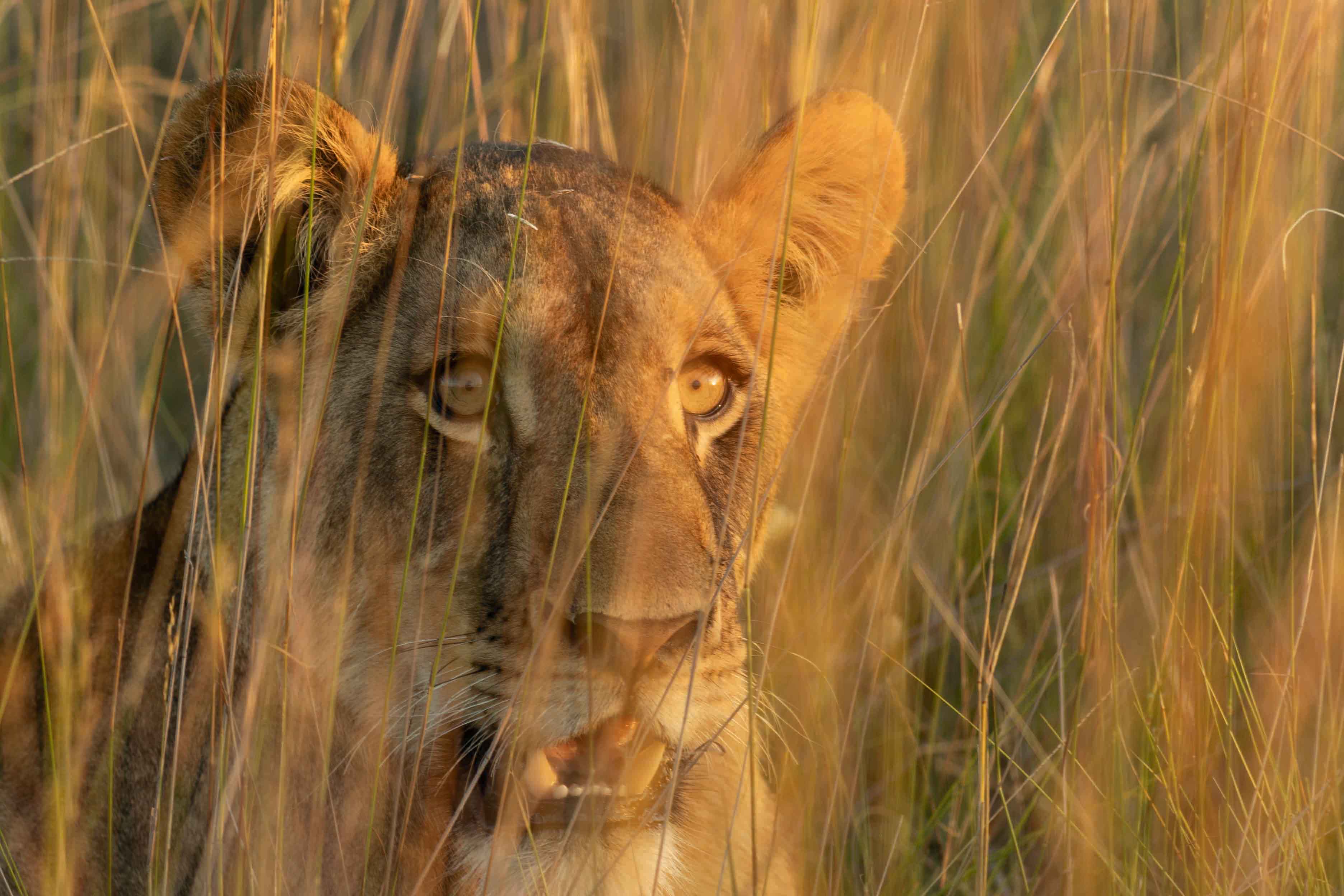Botswana is a landlocked country situated in the Southern part of Africa. We share borders with Zambia, South Africa, Namibia and Zimbabwe. This gives the country the best of both worlds, but also has the slight disadvantage of not having access to the sea. The streams, rivers and valleys make up for this in a small regard.
OKAVANGO DELTA
Recently my travel partner in crime (the husband) and I travelled to the Okavango Delta, which is one of the seven natural wonders of Africa. This marsh spans across the northern part of the country and seems to go on forever from the aerial view. My heart was beating so fast as I saw the view from our small aircraft. The snake-like pattern of the water running through the green marsh, trees and various plants. The vegetation looked so well preserved, and spectacularly green. It was nothing short of amazing, and one can really see that God took His time on the canvas. The strokes of His work are pure perfection. It was nothing short of amazing, and truly a sight worth seeing on anyone’s bucket list.
We were hosted by Kadizora Camp, and were welcomed with a song and dancing as is common with most luxury camps in the delta. The village-city raised girl in me could barely contain her excitement as we were shown through the magnificent camp. The lelwapa (sitting area) had an antique setting with a large wooden desk and reminded me of an old colonial type of setting. We were shown to our tent which echoed elegance from the unique dual beds, to the amazing view and a Victorian bath which I enjoyed immensely. I could hardly believe that we were in a tent as the room felt as real as one with actual walls and glass windows. There was even a decking “balcony” where one could relax in the mornings or during the day.
We settled into our room, leaving our belongings scattered around with piece of home, pieces of the familiar that made it feel like home. An afternoon game drive was arranged, and we enjoyed the privacy and attention as it was only my husband, the guide and I. We spotted the resident camp elephant, whose name I can’t quite remember now. But he was a magnificent beast and was grazing on the outer perimeter of the camp. One could almost touch him; that was how close he was.
A yawning hippo in the river
The staff were remarkable with their attention to detail and friendly smiles. The lodge is managed by a lovely South African that had dinner with us, something which they try to do for all the guests that stay with them. They enthralled us with stories of the bush and making us feel even more welcome and at home. The food we were served was always presented beautifully, with the napkins on the dinner table folded like a bird.
Some of the wildlife we saw on the game drives we took consisted of the following (but are not limited to them); elephants, baboons, lechwe, roan sable, hippos, crocodiles. The area also has a vast collection of birdlife which would be any bird lover’s fantasy (lilac breasted roller, kori bustard, lappet faced vulture etc.). We also saw some cows, as the camp is only a river away from one of the local villages.
The guide’s knowledge was incredible as he not only knew how to track the animals and identify them, he knew about the trees too! There was one old tree that had another tree growing inside and he began to explain to us the why, and how this came about. A term referred to as Inosculation. During our two night stay there we also indulged in a mokoro (dugout canoe) ride for the first time. It is not for the faint hearted as you keep wondering whether a hippo will topple your little canoe. But I chose to let the adrenaline take charge, and took in the scenery, the water lilies that lay on the river like a piece of décor, the reed frog, numerous beautiful birds and the occasional hippo coming up for air. The polers rowing the boat were quite skilled and could navigate through the waters like, a hot knife through butter this is not uncommon as in that part of the country most of them had been doing it since they were very young. We also enjoyed and arranged boat cruise, and shared the experience with an elder German couple. It was fascinating to see the hippo head bob on the surface of the water. We watched even as the congregated together, and even saw the ousted young male hippos who had become loners. This happens because the bull chases them off by fighting them, sometimes these fights end up in death. The bull does this because of the fear that one day, one of the young males will kill him to take his place. Afterwards we had sundowners on the riverbank, and watched as the sunset right on the river.
Okavango trees
When we left, it was like we left bits and pieces of ourselves in the delta and that camp called Kadizora. It was a teary goodbye, as some of the staff couldn’t quite believe how the time had flown so quickly. We hugged them and said our goodbyes, with whispers of coming back to the place one day to see them. From there we were driven to the little airstrip to catch our flight to Maun. I looked at the delta for the last time, and her beauty was just as radiant as before if not better.
If ever you were in doubt whether you should visit the Okavango Delta, I hope this article quashes all doubt and leaves you with the zeal and yearning for a slice of Botswana’s magic. Take it from me (without any bias), go see the delta for yourself, it truly is an authentic experience that should not be missed!
CHOBE
What Botswana lacks in sea shores and beaches it definitely makes it up in majestic rivers and wetlands a typical example being the Chobe River. The Chobe is a name known even beyond Botswana borders, not only because of the Chobe district but due to the fact that from Chobe you have access to three out of the four countries that Botswana shares her borders with. The district is named after the majestic Chobe River that gets its inflow from the Cuando River that starts in Angola, on the north west of Botswana and later flows into the great Zambezi River forming the borderlines of Namibia / Botswana and the Zambia/Botswana (one of the shortest borders in the world). But all we have told so far is the geographical location, which does not even begin to tell half the story!
The Chobe is mostly famous for hosting one of the greatest national parks in the world; which is home to the biggest elephant population amongst other animals. The national park is a home to an estimated 100 000 elephants. This means you definitely have a high chance of seeing an elephant when you visit there. Buffaloes too can often be seen marching towards the river banks in large herds of up 600 at a time. (You don’t want to be caught in the middle of that parade, not only because of the dust storm that arises from it, but also because buffaloes can be dangerous if they feel threatened.
Besides elephants and buffaloes, other animals to look out for on a morning game drive and afternoon boat cruise are hippos, crocodiles, sable, giraffes, zebra, warthogs, giraffe, sable, lions, baboons, lechwe, waterbuck and so many more including rare sightings of the extremely shy cheetahs and leopards. Those interested in small animals such as the squirrels and mongoose are not left out either. Birdwatchers will be treated to an even wider range of bird species from the different types of kingfishers (giant kingfisher, pied kingfisher being the most common), marabou storks to the eagles, hawks, hornbills, egrets, lapwings, jacanas, hammerkop, swallows, sparrows African darter (known as the snake bird), lilac breasted roller and so much more.
The Chobe is also the home to the famous five square kilometer Sedudu island that became the subject of tension between Botswana and Namibia in the nineties, Botswana claimed that the channel running on the north side of the island is wider and deeper than the channel running on the southern side therefore the former should be taken as the boundary line leaving the island on the Botswana size. Namibia argued the opposite. Thankfully the two countries are lovers of peace therefore trusted the International Court of Justice to making a ruling in the matter and it was decided that the Island belongs to Botswana, to this day the blue, black and white flag can be seen on the island and sometime it’s the only marker that tells there is an island there as it would be submerged under the water during the wet season, But what makes it special is seeing all the animal especially the grazers enjoying the grass on the island during the dry season.
To make the most out of Chobe one has to stay at one of the five lodges situated along the riverfront. This gives you access to the sun rising above the splendid river, and at the end of the day you get the opposite effect of the sunset. I have overhead tourist remark on different occasions how the Chobe sunset left them utterly speechless, and go on to say that all the sunsets they have ever seen are no match for the one along the Chobe River. The residents of the villages along the Chobe River know very well how to co-exist with the wildlife. Warthogs, baboons and elephants often stroll through the township of Kasane as if it’s just another part of the Chobe National Park.
Lechwe
Besides game driving and boat cruising, the Chobe also offers a chance to stay in one of the houseboats that cruise the river for a couple of days and nights at a time. Clients on these houseboats get to experience this majestic river like no other- they also get to do some catch and release fishing when permitted. With the most of them hoping to catch some tiger fish. If not one may opt to take up a photographic safari, where you get to photograph the wildlife on its natural habitat using some of the latest and best cameras and equipment that are available, whilst being guided by professional guides and photographers. This can be either on the specialised low riding boat or on the purpose kitted vans. There is also a chance to go one of the lodges just outside Kasane to use their underground bunker where you can photograph elephants and other animals drinking from the water hole from a low but close angle. There is also a snake park where different types snakes that are mostly captured from the residential areas are kept for the public to come learn about the different types.
Once done touring around the villages of Kazungula and Kasane, one has an option to explore the culture of the Basubiya by driving west to the villages of Satau, Muchenje (here you even have a chance to camp or sleep at a luxury camp) Mabele, Kachikau, Kavimba and Parakarungu. There one can expect to see how the villagers benefit from the river resources. Most of them often turn to fishing during the permitted season and they fish to sell. It is also at these villages that one can get to ride the mokoro and experience the serenity of the Chobe shallow channels, for the residents, this is just a mode of transport but for anyone new to the territory this would be an experience of a lifetime.
Trust me when I say that, you will never tire of visiting Chobe. I have had many visits there and every time I leave, I still want to go back there. If a break from the usual business is what you need the Chobe is where you need to go. For me when it’s all said and done it is the Chobe Sunset that keeps me wanting to go back there.
